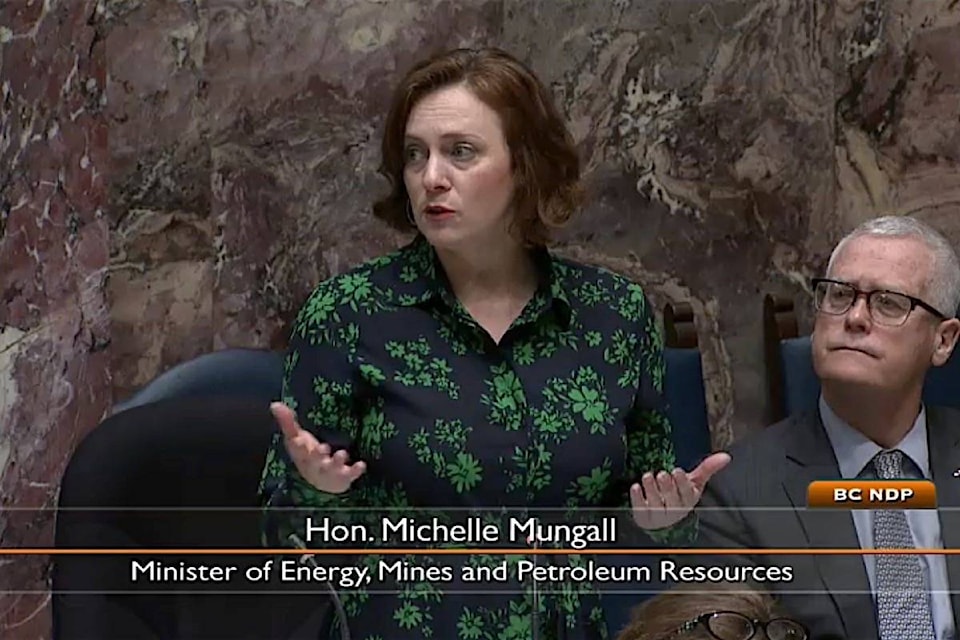Letters are going to parents of B.C. public school students this week, seeking consent for a new round of vaccinations for measles, mumps and rubella (a less serious illness sometimes called German measles).

More than 20 cases of measles have been detected in B.C., as this once-vanquished virus has again spread from underdeveloped countries like the Philippines. Health Minister Adrian Dix and Education Minister Rob Fleming are preparing mandatory vaccination registration for schools next fall, to get B.C.’s “herd immunity” back up to a level where diehard anti-vaccination parents don’t put at risk the few who have genuine medical reasons not to be protected.
Dix avoids talking about “anti-vaxxers,” as they are known in today’s post-literate culture. This is because efforts to educate people who have seized on false information peddled by celebrities, online quacks or their own friends have tended to backfire.
It’s called “confirmation bias,” where people only accept information that supports their pre-determined conclusions. You can now see this in politics and media daily. People speak of “my truth,” as if everyone can design their own version of reality.
I encountered a troubling example of hippie pseudoscience when I requested an interview with Energy Minister Michelle Mungall to ask about Green Party claims that the province’s deep-well drilling credits have meant B.C.’s natural gas is effectively being given away.
I was provided a background briefing on how gas royalties and credits work, and met Mungall at the appointed time. She changed the subject to safety of deep-well drilling and “fracking” in northern B.C., which some claim is a threat of well water contamination.
“In B.C., we’re drilling about 300 km below the surface, so below water table,” Mungall told me. “In the United States that hasn’t always been the case, and we know that from the documentary that was done called Gasland.”
I reminded her that this “documentary” was quickly debunked, because key “viral” images of people lighting their tap water on fire were captured in places where shallow coal seams have been documented for decades to dissolve methane into surface well water. That’s why the filmmaker went to to capture lurid images of methane-contaminated water.
when David Suzuki used these images for his own anti-fracking hit piece on CBC’s The Nature of Things. Suzuki admitted that their connection to fracking is questionable, but they were such compelling images he couldn’t resist using them.
READ MORE:
READ MORE:
Mungall’s estimate that B.C. gas wells reach 300 km deep is also wildly inaccurate. Perhaps she misspoke, but she did it twice, and she’s been energy minister for a year and a half.
In fact, the gas and petroleum liquids-rich that runs under Fort St. John, Dawson Creek and into Alberta is from two to four km deep, similar to the Marcellus shale in the U.S. With proper gas well casing, that’s certainly deep enough to protect drinking water, such as the well on my family’s Dawson Creek-area farm that went down about 100 metres to reach water.
The late Bob Hunter, co-founder of Greenpeace and one of my journalism instructors in the 1980s, coined the term “mind bomb” for this kind of persuasive image. Hunter was protesting atmospheric nuclear testing at the time, not using tricks to manipulate uninformed people as today’s activists tend to do.
One such group has toured northern B.C. to use isolated cancer cases to attack gas development.
Tom Fletcher is B.C. legislature reporter and columnist for Black Press Media. Email: tfletcher@blackpress.ca
tfletcher@blackpress.ca
Like us on and follow us on .

.png;w=120;h=80;mode=crop)

